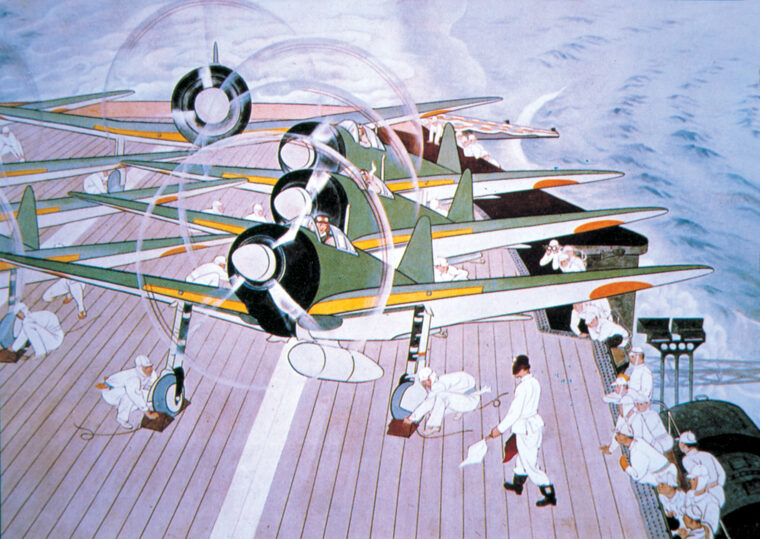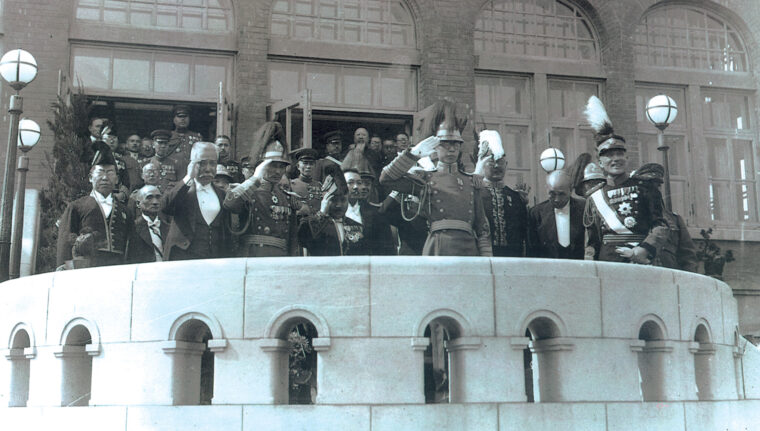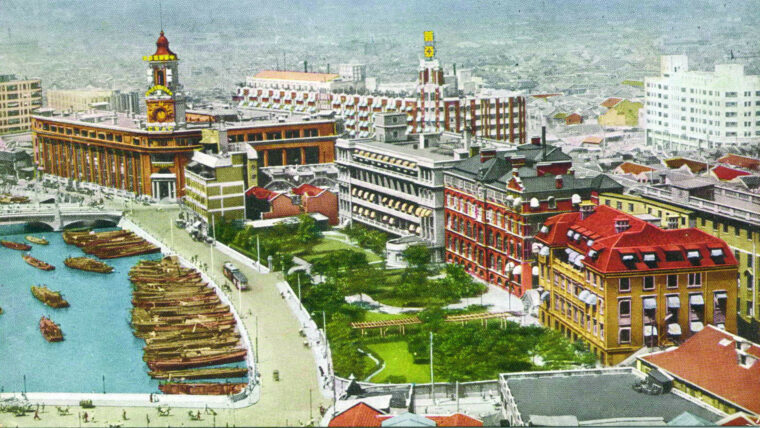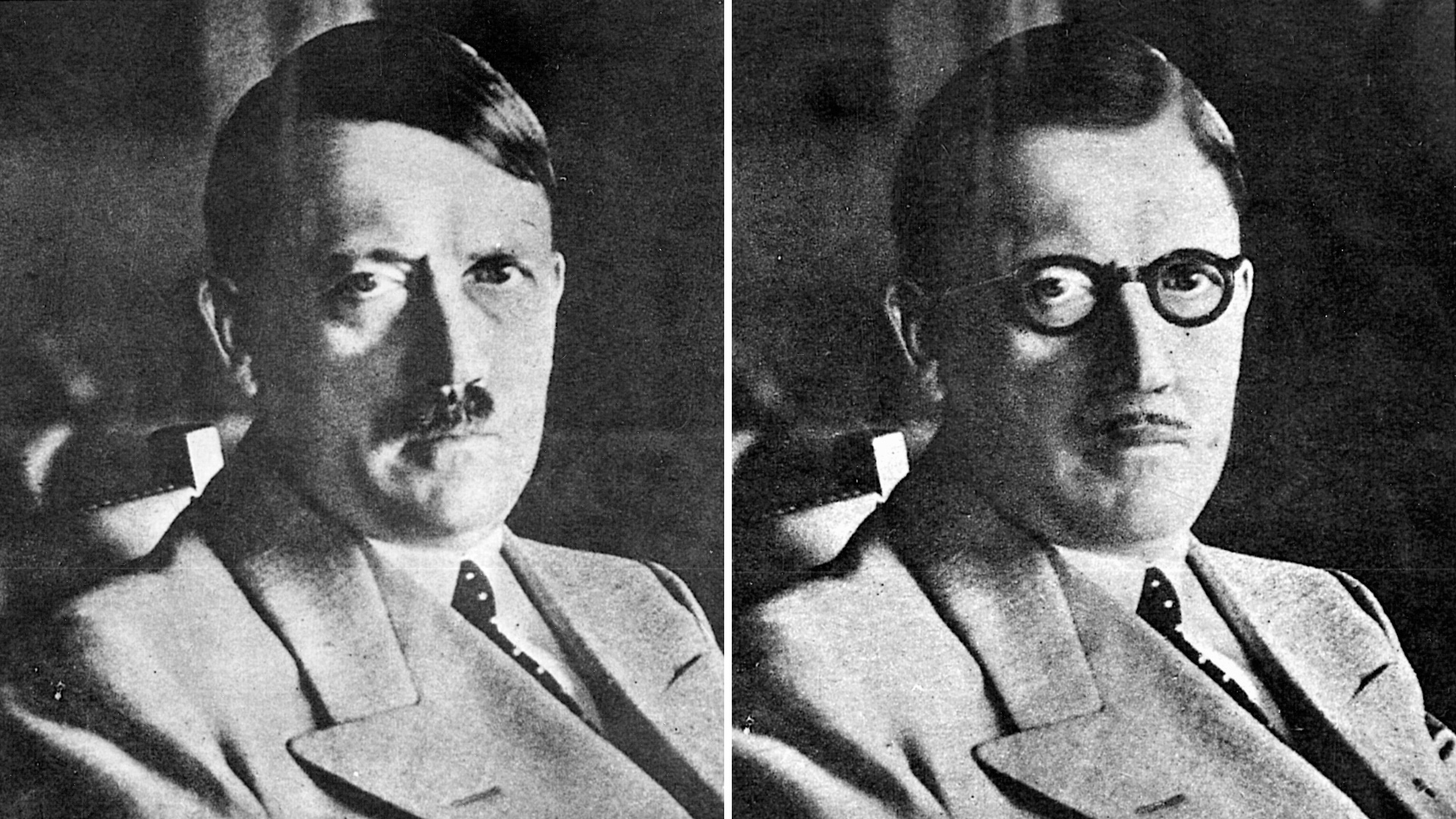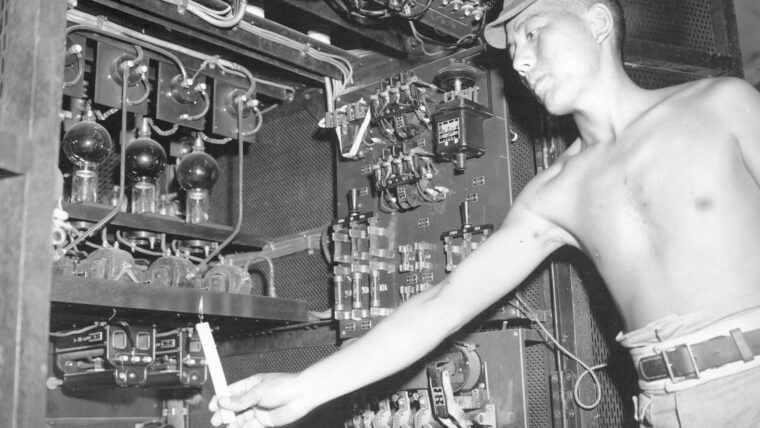
Chiang Kai-shek
OSS Captain Frank Farrell Prosecuted Nazi Spy Ring In Postwar China
By Colonel Richard D. Camp, Jr. USMC (Ret) and Ms. Suzanne PoolMarine Captain Frank Farrell stood in the open door of the Army Air Corps C-47 waiting for the “green light,” the signal to leap into space, on a mission that could mean life or death for hundreds, perhaps thousands, of people. Read more


